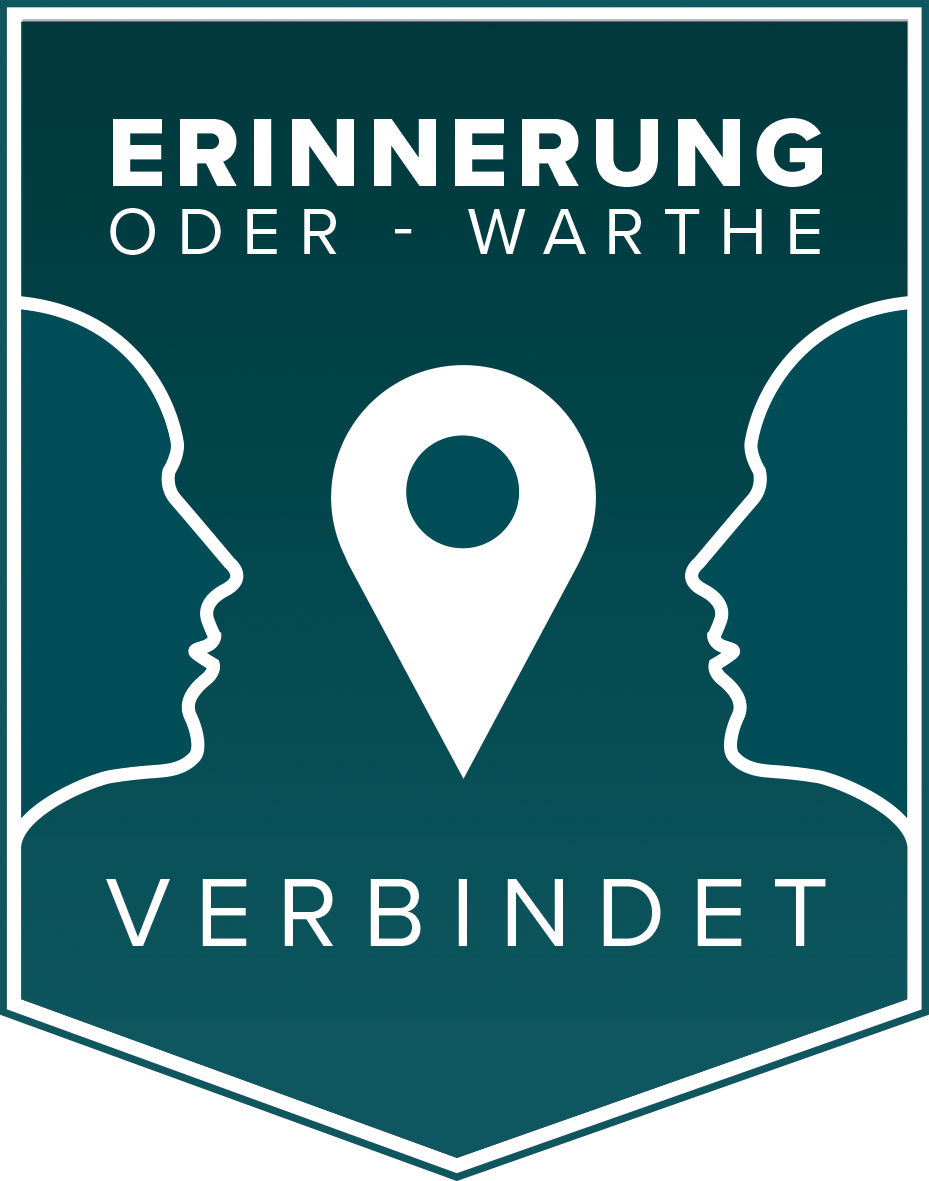With the end of the Second World War, the Oder-Warta region became a border area between Germany and Poland. The previously shared history got an almost complete reboot due to the radical population exchange east of the Oder. The forcibly migrated population of the former eastern Poland brought their own history, culture and language with them, which created a language barrier in addition to the new physical border.
The cultures of memory began to develop separately from each other, shaped by the narratives of the victorious powers, which have endured to this day. Two fundamentally different ideologies (capitalism / socialism) transplanted themselves on German soil (FRG/West Berlin and GDR) and almost escalated into the Cold War. The reappraisal of the Second World War in the FRG, the GDR and the People's Republic of Poland in the form of commemorative days and holidays, school lessons, war memorials, war graves and museums was also influenced accordingly by ideology.
The Oder-Warthe region first had to find its way into this mishmash and thus wrote a new history. In the course of the Cold War, military, civilian and government bunkers were built to protect against nuclear strikes or to coordinate and execute them. Again, a network of facilities emerged to control the population and secure the communist dictatorship, e.g. youth detention centres and work yards, military prisons and state security sites.
Our 2-day educational tour takes you back to the Cold War era, which was significantly shaped by fear of nuclear strikes, the nuclear arms race, provocation and mistrust. Underground bunkers with former wiretapping and telecommunications stations as well as first-strike and re-strike scenarios impressively demonstrate the calculations and madness of the Cold War.





